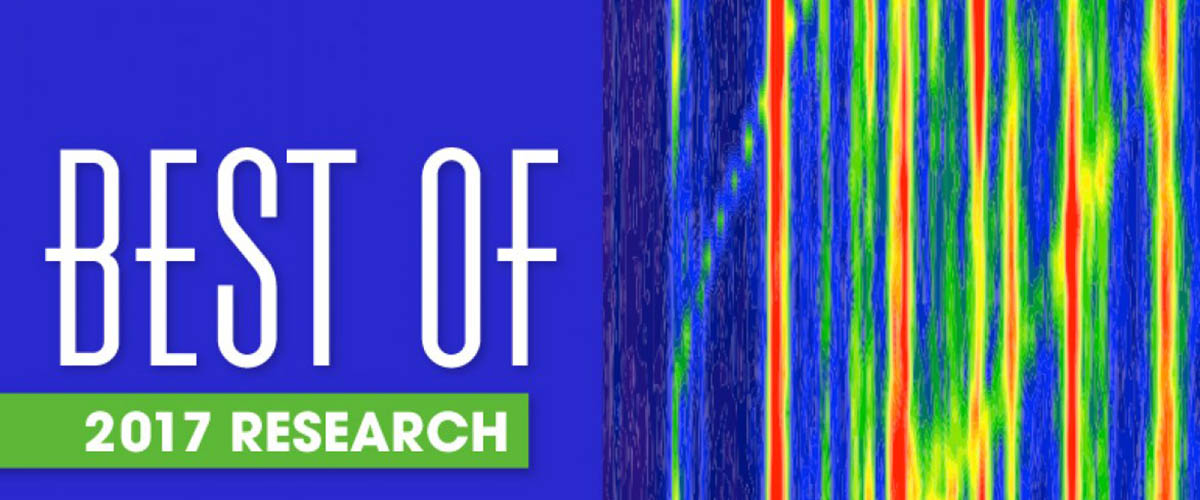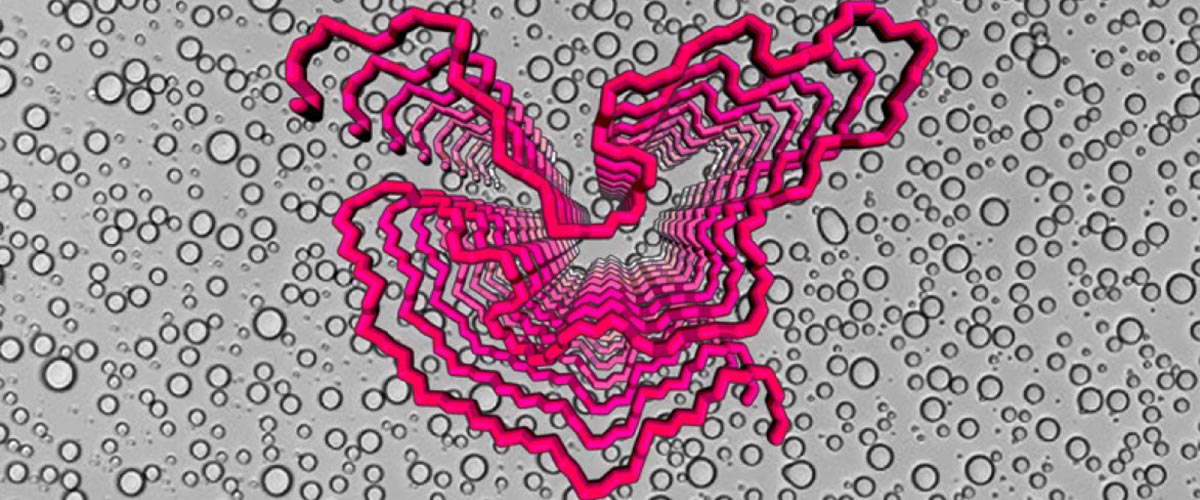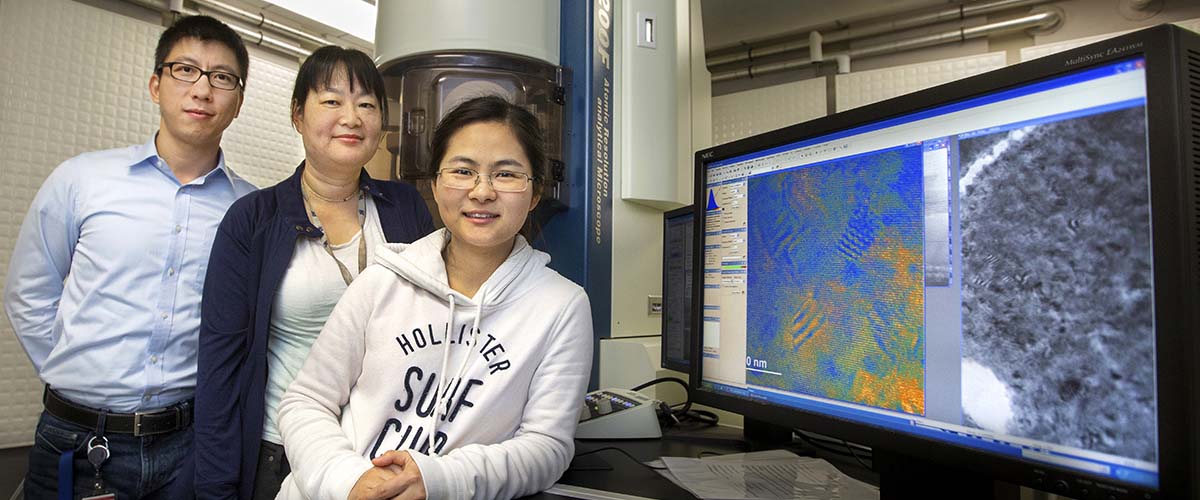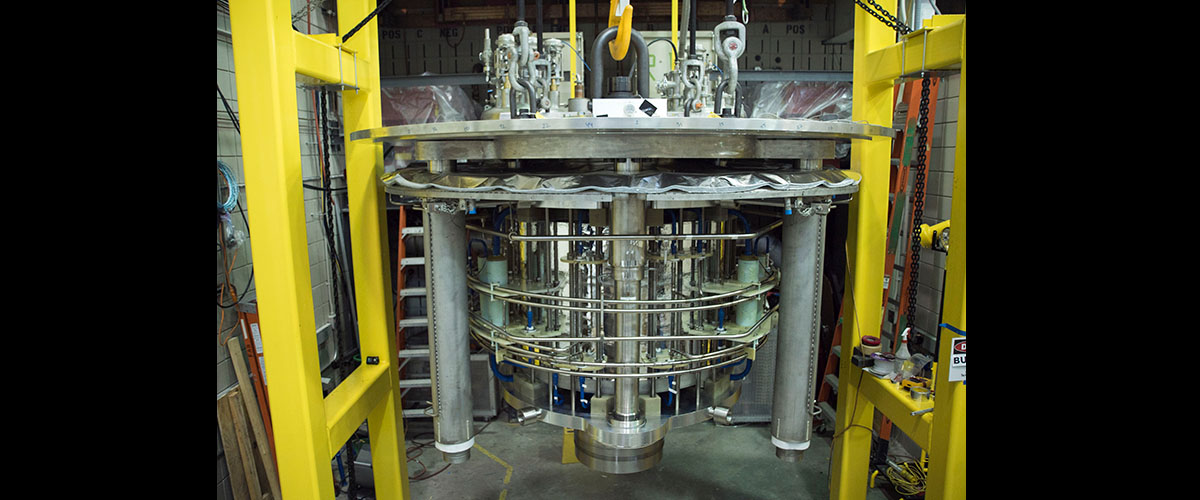Report Number: 250
Pressure dependence of the Fermi surface of the nematic superconductor, FeSe0.89S0.11
Reiss, P.; Coldea, A.I.; Haghighirad, A.-A. (Clarendon Laboratory, Oxford Physics, UK); Graf. D (National MagLab, Tallahassee)
Published in: Coldea et al., Manuscript in preparation
Coldea et al explore the rich phase diagram of the nematic superconducting family FeSexS1-x by tuning superconductivity via the application of hydrostatic pressure, whilst using the highest available DC magnetic fields to probe the associated changes to the Fermi surface. Unconventional superconductivity is ubiquitously associated with the proximity of some form of long range order–at ambient pressure the long range order in this iron-based superconductor is not magnetic, but a spontaneous lowering of the inplane electronic symmetry. The application of pressure suppress this nematic order in favor of magnetism, strengthening the superconductivity. The associated changes in in the Fermi surface measured by high field quantum oscillation measurements reveal the driving force behind the interplay of nematicity, magnetism and superconductivity.
Report Number: 382
Nematic superconductivity under pressure in CeRhIn5
Helm, T. and Moll, P.J.W. (Max Planck Institute CPFS); Grockoviak, A.D. and Tozer, S. (National MagLab Tallahassee) Balakirev, F. (National MagLab Los Alamos) Ronning, F. and Bauer, E.D. (Los Alamos National Laboratory)
The Ce115 heavy Fermion (HF) metals build one of the most exciting compound families that host the highest Tc among HFs, and thus, in terms of the energy scales, are close to high-Tc SC. The authors have married micro-structuring capabilities with plastic DACs and pulsed magnetic fields to explore field induced electronic nematicity and pressure induced unconventional superconductivity and how, within B-P-T phase space, they may be related as both exist in the vicinity of the quantum-critical suppression of the AFM order.
Report Number: 30
Fermi surface and Berry phase in CaFeAsF, a variant of the 1111 parent compounds
Terashima, T.; Hirose, H.T.; Uji, S. (NIMS); Graf, D. (National MagLab); Ma, Y.; Mu, G.; Hu, T. (Shanghai Institute of Microsystem and Information Technology); Suzuki, K.; Ikeda, H. (Ritsumeikan Univ.)
Published in: T. Terachima et al., Phys. Rev. X 8, 011014 (2018).
Here, the authors determine the Fermi surface of CaFeAsF in its antiferromagnetic state by performing quantum oscillation measurements and band-structure calculations. They find that the determined Fermi surface consists of a symmetry-related pair of Dirac electron cylinders and a normal hole-like cylinder. From analysis of the phase of the quantum-oscillation, they demonstrate that the electron cylinders carry a nontrivial Berry phase of π as expected for Dirac fermions. They also observe a nearly linear-in-field magnetoresistivity and an anomalous resistivity increase above about 30 T for fields along the inter-planar direction, likely related to the quantum limit of the electron orbit.
Report Number: 246
Spin susceptibility of charge ordered YBa2Cu3Oy across the upper critical field
Zhou, R., Hirata, M., Wu, T., Vinograd, I., Mayaffre, H., Krämer, S., Julien, M.-H.; Reyes, A.P., Kuhns, P.L.; Hardy, W.N., Liang, R., Bonn, D.A.
Published in: PNAS, 114, 13148–13153 (2017)
Although extensively studied, the value of the upper critical field (Hc2) in underdoped copper-oxide high-temperature superconductors has been controversial. By using NMR, a local probe, Zhou et al. find that their results support the picture in which Hc2 coincides with the melting transition of the vortex lattice, and Hc2 is suppressed by the charge order present already in zero field. However, the pseudogap seems to persist in the high-field normal state. This study provides a new perspective on several fundamental questions in cuprate research, but if the past is any guide, this may not be the last word on this topic!
Report Number: 446
Quantum fluctuations in cuprates near critical doping are co-planar with CuO plane
Shekhter, A. (DC National MagLab, Tallahassee FL); Ramshaw, B.J., (Cornell University, Ithaca, NY); Modic, K. (MaxPlanck-Institute for Chemical Physics of Solids, Dresden, Germany); Komiya, S., Ono, S., (Central Research Institute of Electric Power Industry, Nagasaka, Japan), Winter, L., Wieckert, F., Balakirev, F.F., Betts, J.B., McDonald R.D. (Los Alamos National Laboratory, Los Alamos National MagLab); Lian, X., Boebinger, G.S. (DC National MagLab, Tallahassee FL)
Published in: Giraldo-Gallo et al., Science 361, 479–481 (2018) and Shekhter et al., Manuscript in preparation
Following Shekhter et al’s discovery of "Scale invariance at the heart of a high temperature superconductivity”, published in Science earlier this year, the team has gone on to investigate the the role of magnetic field orientation. This work uses resistance measurements of the cuprate superconductor La2-xSrxCu04 in the highest available magnetic fields to explore the anomalous metallic state associated with the highest superconducting transition temperatures. In contrast to the magnetoresistance of conventional Fermi-liquids, controlled by the electron-dynamics at the Fermi-energy-scale, the magnetoresistance of these quantum-critical-metals is strikingly linear, only depending upon the energy scale of the component of field applied perpendicular to the copper-oxide planes - revealing a two dimensional soup of quantum fluctuations.






